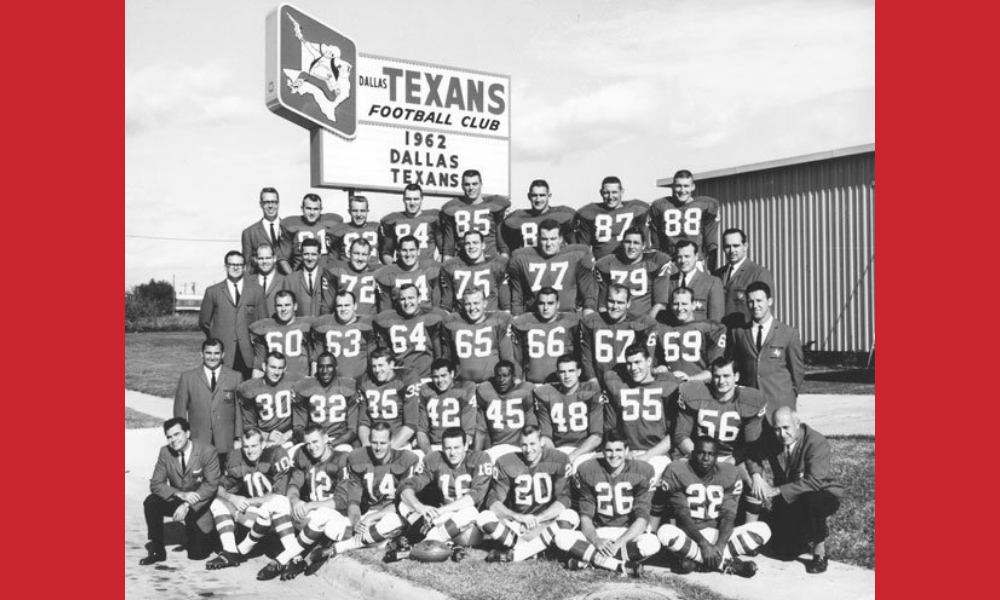Origins: Halloween and Día de los Muertos
by Rebecca Selem, Exhibits and Communications Coordinator
There is much to be said about the origins of Halloween and Día de los Muertos, but for now, please enjoy this brief summary explaining where and how these holidays came to be.
Halloween was not always the holiday we know it to be. In fact, it took centuries of adaptations to become the version we know and love today. The roots of Halloween go back thousands of years to the ancient celebration of Samhain (pronounced sow-in), originally celebrated by the Celts, on October 31st. Samhain, meaning “summer’s end” in Gaelic, was the Celtic New Year’s Eve celebration.
On this day they believed the veil between worlds would be at its thinnest and spirits could return to earth. People would dress in scary costumes (so the spirits would not recognize them) and light bonfires to ward off the dead along with otherworldly creatures. While the Celts believed visiting spirits could wreak havoc and destroy crops, they also believed their presence could aid in predicting the future and help them prepare for winter.
Halloween eventually made its way to the U.S., thanks to Irish immigrants, but was only really embraced by the southern colonies and Maryland. It wasn’t until the mid-19th century that Halloween really became a popular holiday. To celebrate the end of harvest season, parties were held with plenty of singing, dancing, fortune-telling, and the sharing of ghost stories.
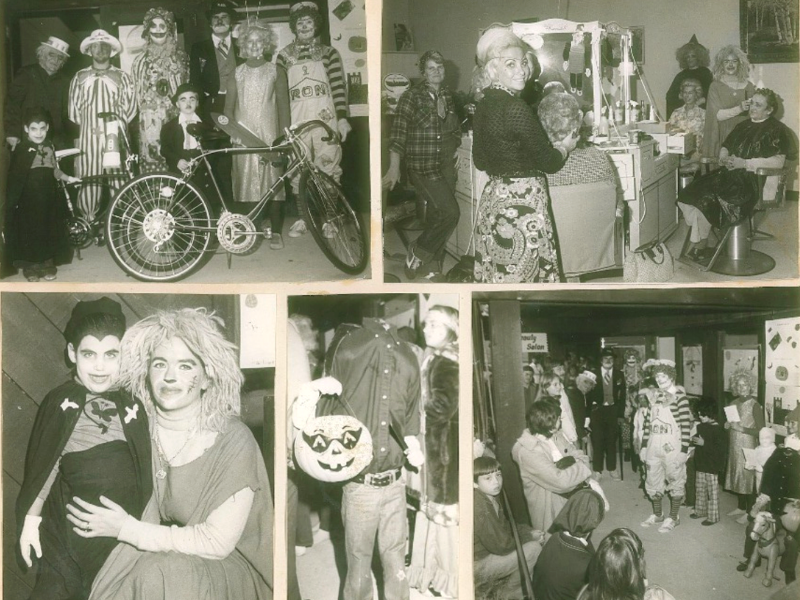
Halloween at Hidden Hills. Date unknown.
By the late 1800s, parents began encouraging newspapers and others in the community to stop focusing on the scary and grotesque, and instead focus on the celebration of community. In its early days, Halloween was known as a day of mischief and havoc. Teenagers and children would pull pranks and tricks, however in some cases, pranks would turn dangerous and sometimes include vandalism and even violence. The Great Depression caused a serious uptick in dangerous pranks. Parents began planning costume parties, organizing trick or treating, and creating haunted houses. All in the hopes that these activities would occupy bored teens and children in need of entertainment. The onset of World War II and rationing put a halt to candy production, but the postwar baby boom allowed Halloween to return to its former glory, and with more popularity than ever before.
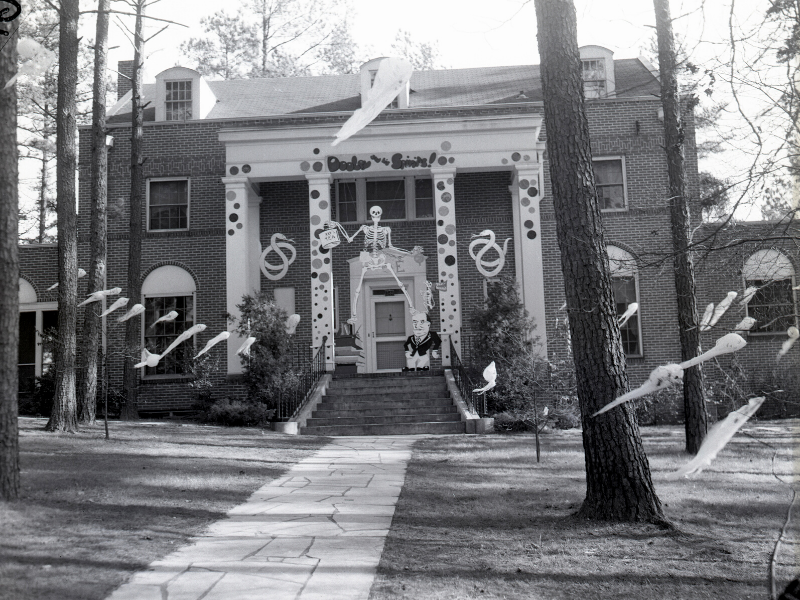
Emory University students and fraternity house during “Dooley Frolics,” circa 1941. Guy Hayes Collection.
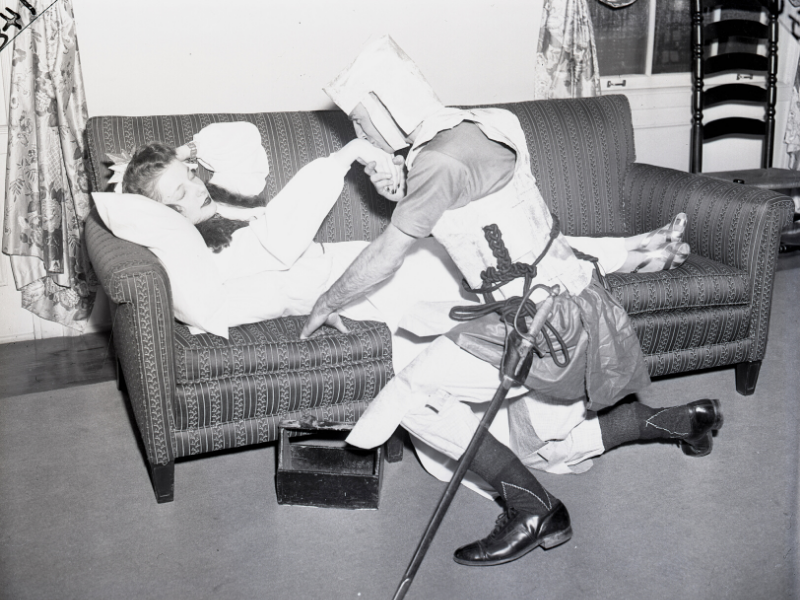
A princess and knight at an Emory University costume party, circa 1941. Guy Hayes Collection.
Día de los Muertos (Day of the Dead) can be traced all the way back to the Aztec people, located in central Mexico, over a millennium ago. Their practices included honoring the dead by adorning temples with skulls and offering food and water to the deceased to help them along their journey to the land of the dead. Once the Spanish invaded, they moved the indigenous celebration to November 1st and 2nd, which is All Saints Day and All Souls Day in the Catholic tradition. All Saints Day was designated to honor all the saints in the Catholic tradition while All Souls Day was dedicated to souls believed to be in purgatory.
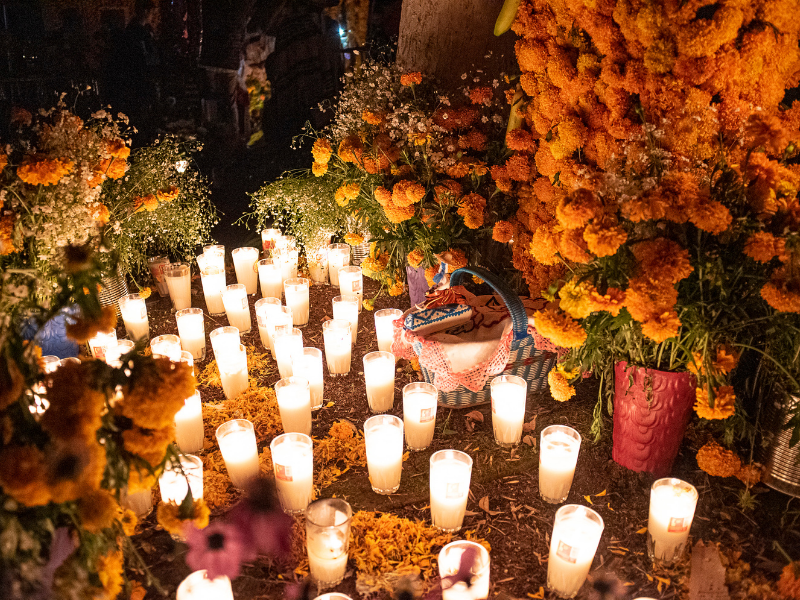
A Mexican cemetery on Día de los Muertos. Photo courtesy of Canva.
People celebrate Día de los Muertos by building altars for their deceased loved ones. Altars, also known as ofrendas, typically include photos of the deceased along with a representation of every element, water or alcohol (water), candles (fire), colorful tissue paper (wind), and favorite food items like candies, tamales, or pan de muerto (earth). Flowers, particularly marigolds, are used in the altar decoration and families burn copal incense to draw in the spirits.
Unlike the somber tradition that North Americans utilize to mourn their dead, Mexicans and people of various Latin countries celebrate the lives of the dead with plenty of good food, music, bright colors, and dancing.
November 1st is believed to be the day that the spirits of children are able to visit, for 24 hours only, while November 2nd is dedicated to the spirits of adults who have passed on. Families leave things like toys, candies, sugar skulls for children, and adults receive offerings of alcohol (tequila or mezcal) and pan de muerto on their altars.
Unlike the ancient Celts, those who celebrate Día de los Muertos welcome the dead, openly confront mortality, and aim to keep the deceased alive in their hearts and minds. They believe if we don’t celebrate the dead, we may forget them entirely.
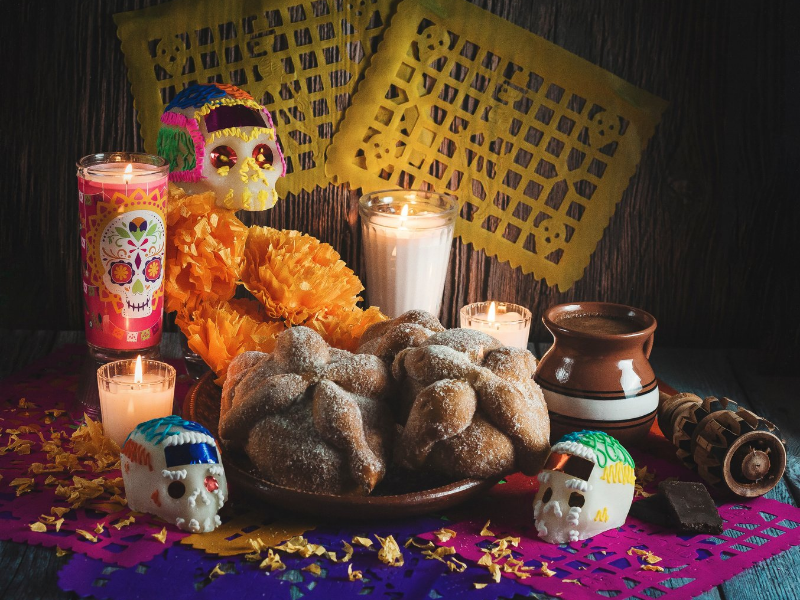
A decorated altar featuring pan de muerto (bread of the dead), sugar skulls, and marigolds. Photo courtesy of Canva.

A lantern at a gravesite. Photo courtesy of Canva.





